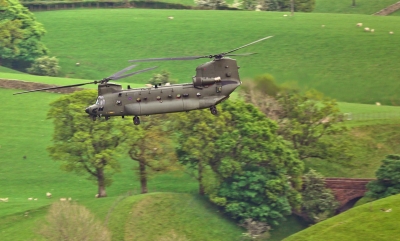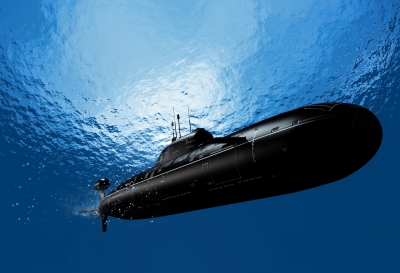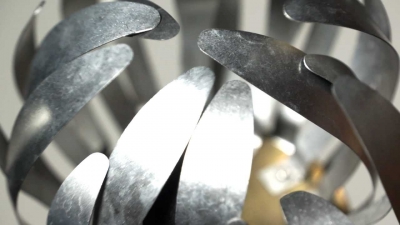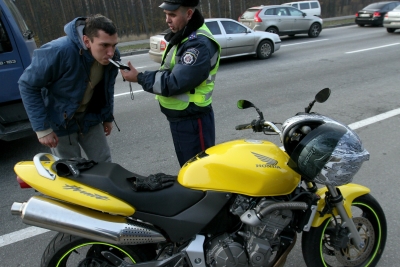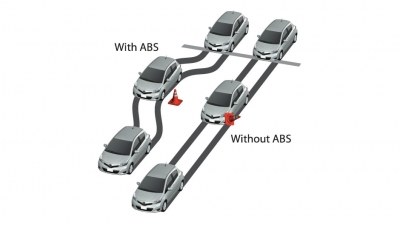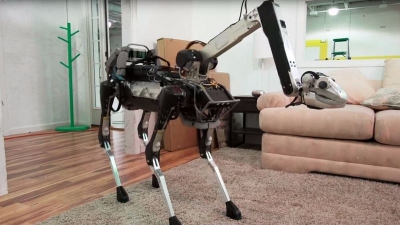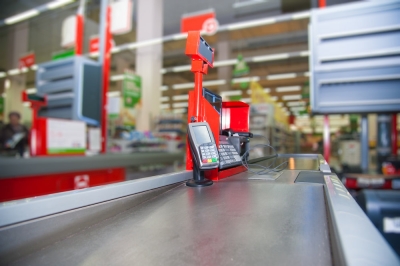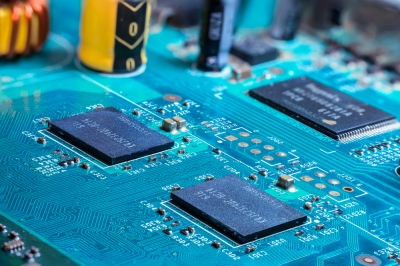HOW MUCH FOOD DO WE NEED?

Food is the fuel that our bodies need for movement. But we also need some fuel simply to maintain all the parts of our bodies. Individual cells are being renewed all the time. And even if we do not move the outside of our bodies at all, there are many parts inside that are constantly in motion. How much food we need depends on our size, age, gender and level of activity.
Nutrition is how food affects the health of the body. Food is essential—it provides vital nutrients for survival, and helps the body function and stay healthy. Food is comprised of macronutrients including protein, carbohydrate and fat that not only offer calories to fuel the body and give it energy but play specific roles in maintaining health. Food also supplies micronutrients (vitamins and minerals) and phytochemicals that don't provide calories but serve a variety of critical functions to ensure the body operates optimally.
Protein: Found in beef, pork, chicken, game and wild meats, fish and seafood, eggs, soybeans and other legumes included in traditional Central America cuisine, protein provides the body with amino acids. Amino acids are the building blocks of proteins which are needed for growth, development, and repair and maintenance of body tissues. Protein provides structure to muscle and bone, repairs tissues when damaged and helps immune cells fight inflammation and infection.
Carbohydrates: The main role of a carbohydrate is to provide energy and fuel the body the same way gasoline fuels a car. Foods such as corn, chayote, beans, plantains, rice, tortilla, potatoes and other root vegetables such as yucca, bread and fruit deliver sugars or starches that provide carbohydrates for energy.
Energy allows the body to do daily activities as simple as walking and talking and as complex as running and moving heavy objects. Fuel is needed for growth, which makes sufficient fuel especially important for growing children and pregnant women. Even at rest, the body needs calories to perform vital functions such as maintaining body temperature, keeping the heart beating and digesting food.
Fat: Dietary fat, which is found in oils, coconut, nuts, milk, cheese, meat, poultry and fish, provides structure to cells and cushions membranes to help prevent damage. Oils and fats are also essential for absorbing fat-soluble vitamins including vitamin A, a nutrient important for healthy eyes and lungs.
Picture Credit : Google



